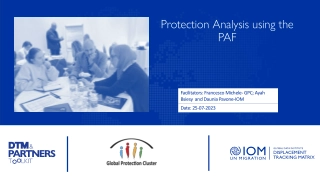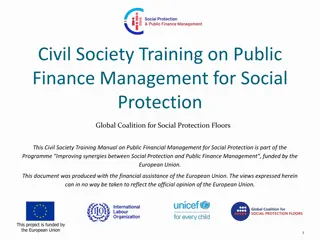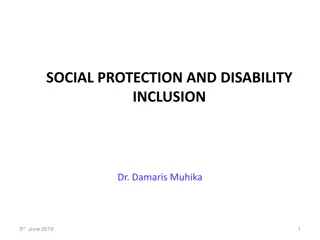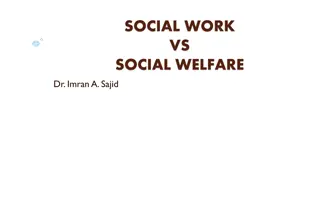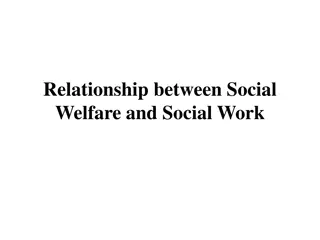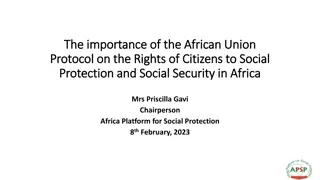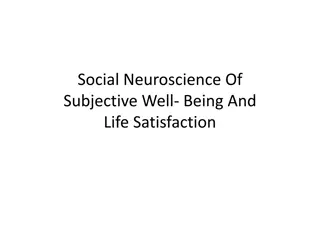Rethinking Conditionalities in Social Protection Programs
The images and descriptions provided delve into the concept of conditionalities within social protection programs, highlighting how they can mask poor service quality, create opportunities for coercion, and strip away the protection and safety nets meant to support individuals. The narrative advocates for making social protection unconditional, enhancing public services, and centering women's everyday experiences in the design of social protection initiatives.
Download Presentation

Please find below an Image/Link to download the presentation.
The content on the website is provided AS IS for your information and personal use only. It may not be sold, licensed, or shared on other websites without obtaining consent from the author.If you encounter any issues during the download, it is possible that the publisher has removed the file from their server.
You are allowed to download the files provided on this website for personal or commercial use, subject to the condition that they are used lawfully. All files are the property of their respective owners.
The content on the website is provided AS IS for your information and personal use only. It may not be sold, licensed, or shared on other websites without obtaining consent from the author.
E N D
Presentation Transcript
Dr. Tara Patricia Cookson Research Fellow, University of British Columbia Director, Ladysmith
Conditionalities mask poor service quality
Conditionalities create opportunities for coercion Cleaning public spaces Keeping a tidy house Growing a vegetable garden Keeping hygiene instruments organized Build and use ecological refrigerators Have separate bedrooms for parents and children Using a smokeless stove Purchasing appropriate food items Attending meetings Having a latrine Attending literacy classes Doing whatever the local manager tells me to Marching in parades Painting the CCT program flag on one s house Participating in a political re-election campaign Cooking (unpaid) for the school lunch program Paying for school parties Participating in micro-enterprise Cooking for a regional fair Giving birth in a registered facility Contributing to medical costs of a neighbor s broken leg Taking Zumba (exercise) classes
Conditionalities take the protection out of social protection, and the safety out of safety net
I. Make social protection unconditional II. Invest in the quality and accessibility of public services and infrastructure III. Design social protection with women s everyday lives at the centre


